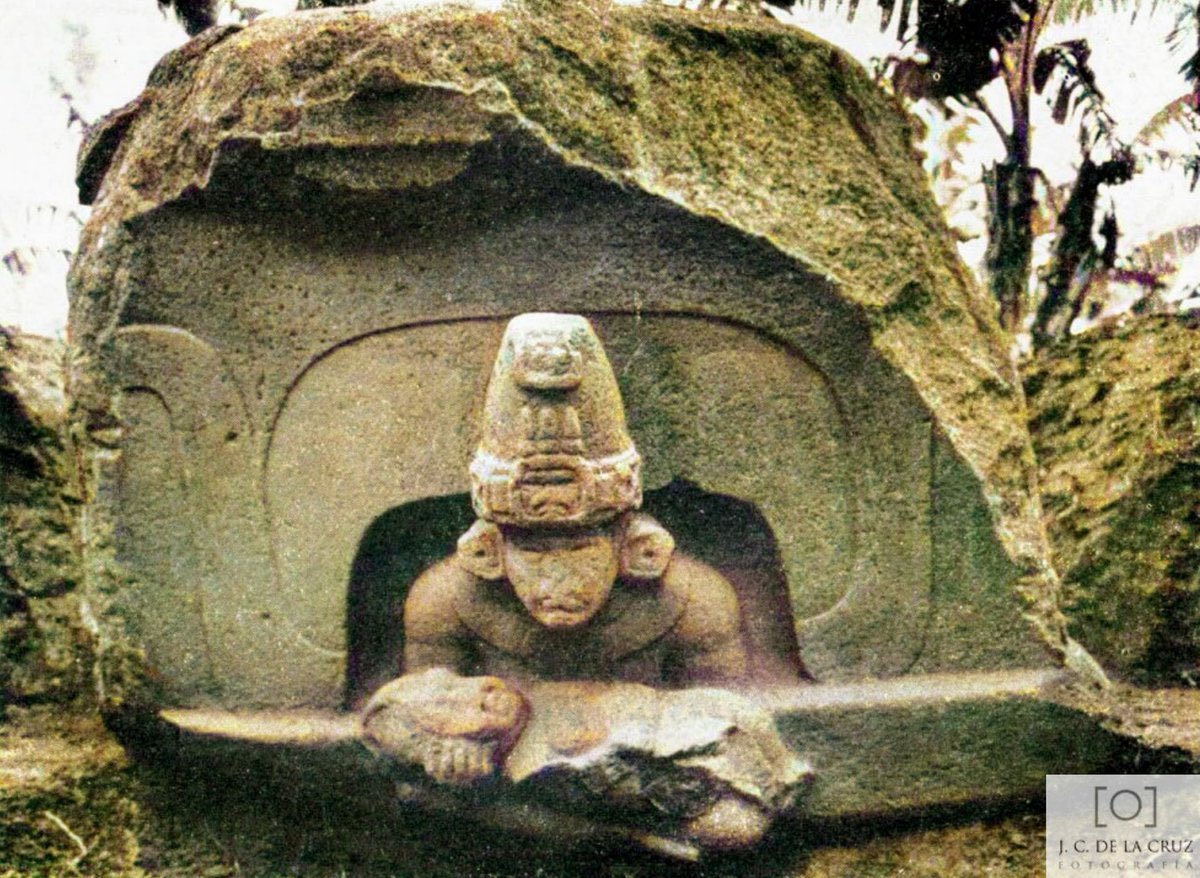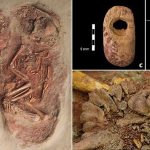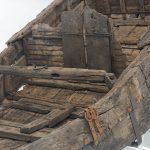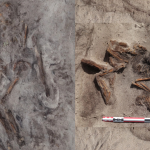Altar of the Quintuplets

Discovered in 1940 beneath a banana plantation in La Venta, Tabasco, this remarkable Olmec monument—commonly referred to as the “Altar of the Quintuplets”—dates back over 2,500 years and stands as one of the most compelling works of Mesoamerican art.

The altar depicts a central figure emerging from a carved niche, cradling an infant—a powerful motif frequently found in Olmec iconography.

Scholars interpret this evocative scene as a representation of rulership, ancestral heritage, or spiritual rebirth, though its precise meaning remains a subject of ongoing debate.












